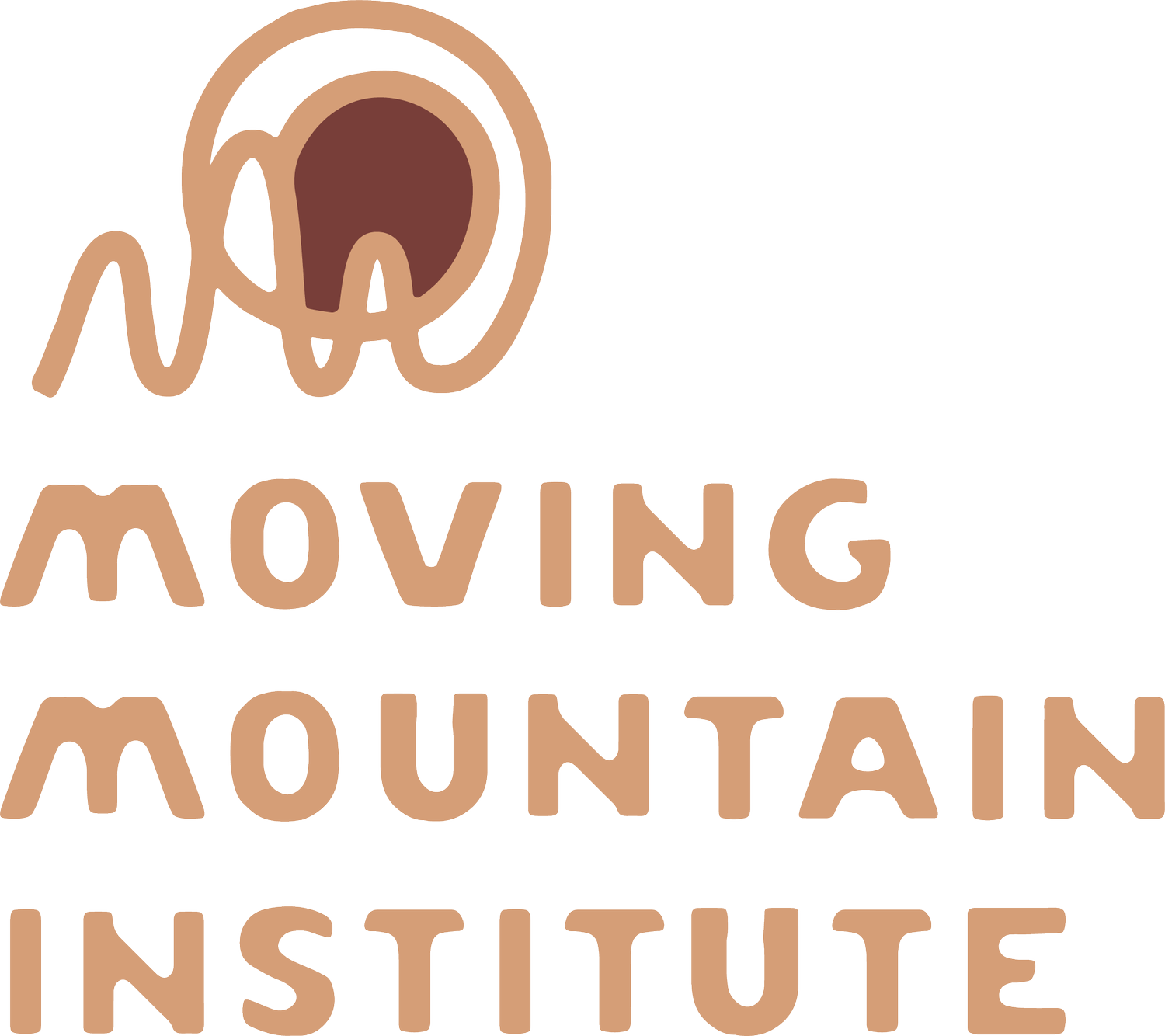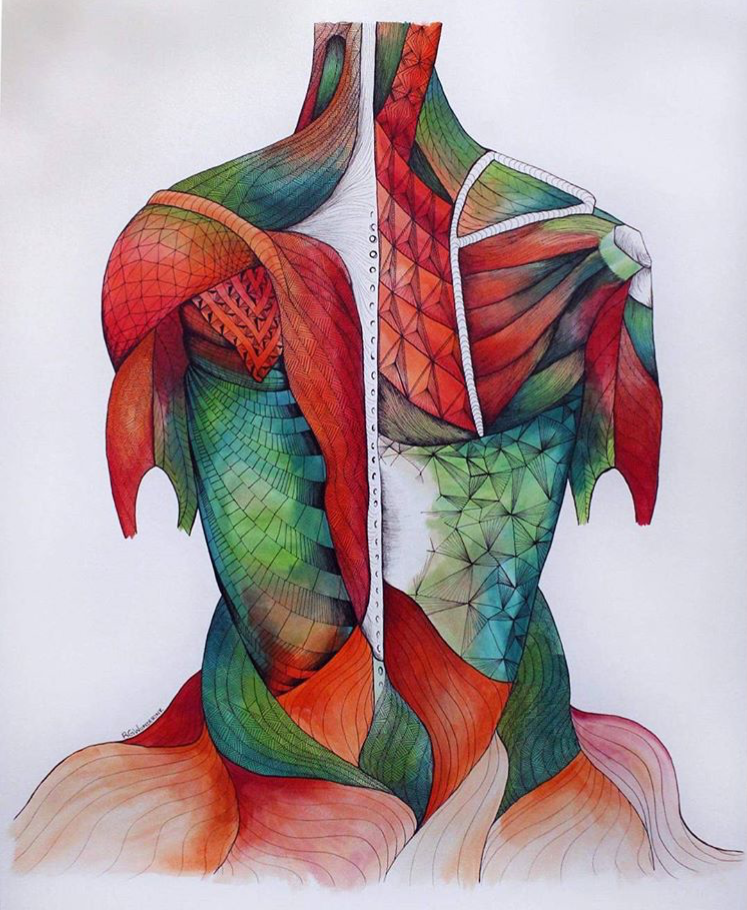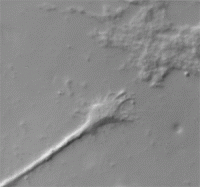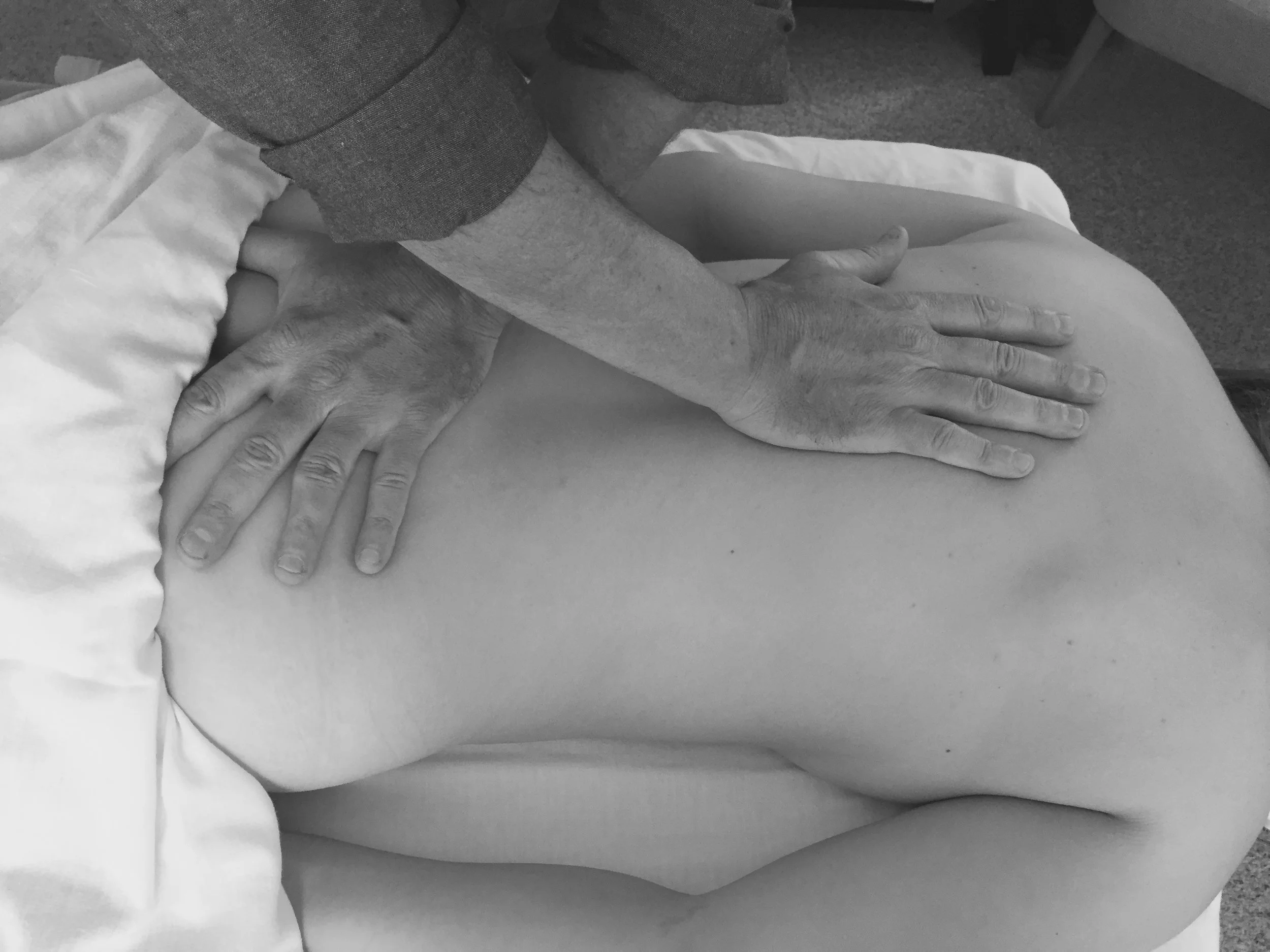We are super excited to be presenting a synthesis of our manual therapy approach to the abdomen--specifically focusing on chronic digestive patterns in the small intestine (such as SIBO)--coming up next weekend.
As many of you who treat these conditions know, they can be complex and often defy available diagnostic categories and treatment protocols (e.g. patients often relapse, symptoms can be beguiling and mysterious, and lab results can run contrary to the patient experience). In our course, together we will explore a holistic understanding -- combining a felt-sense approach to the abdomen with insights from both osteopathic and classical Chinese medicine. We hope it will serve towards the further understanding and treatment of these difficult cases.
Read More






















